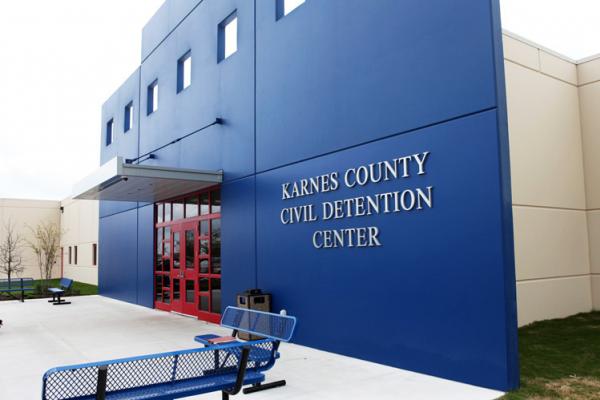Jul 31, 2020
Earlier this month, a California judge ordered the release of more than 100 migrant children from Immigration and Customs Enforcement custody, but after ICE failed to meet specific prerequisites to release the children, the judge declared her order was “unenforceable,” leaving children in detention.
Read the Full Article

Already a subscriber? Login
